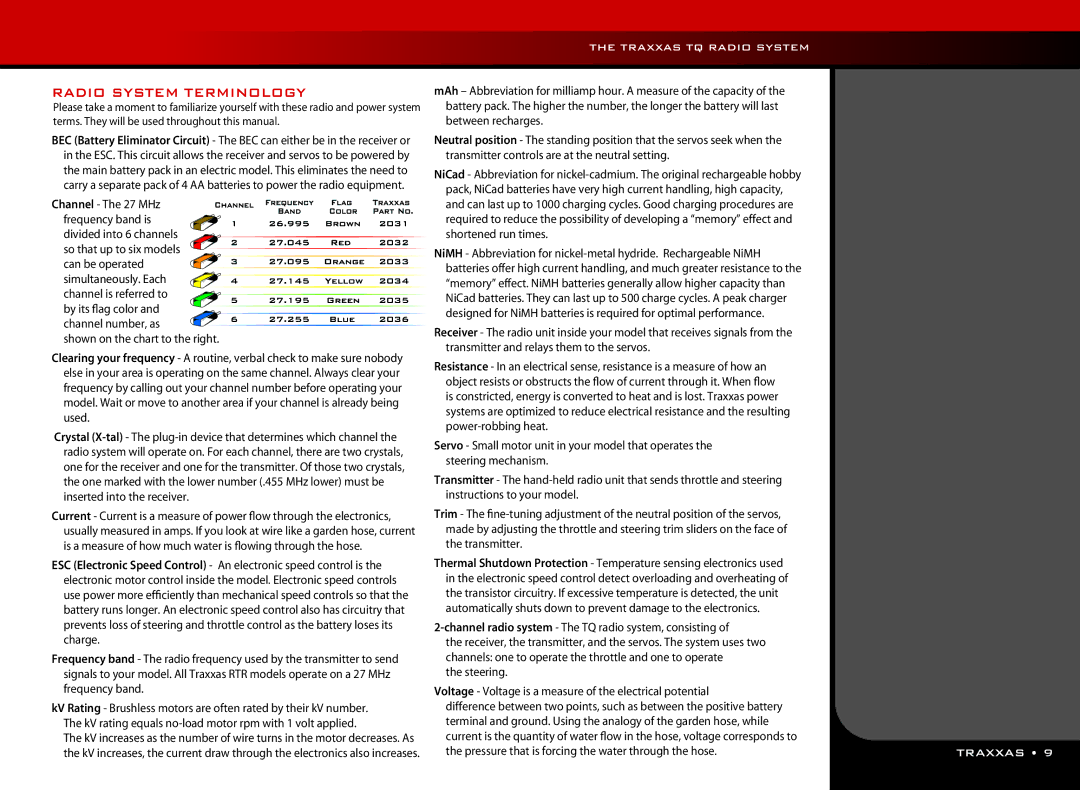7305 specifications
Fiesta Products 7305 is a versatile and innovative outdoor product designed to enhance your outdoor experience. Known for its quality and functionality, this product caters to various needs, making it a popular choice among outdoor enthusiasts.One of the main features of the Fiesta Products 7305 is its durable construction. It is made from high-grade materials that ensure longevity, even when exposed to harsh weather conditions. The robust design allows it to withstand the rigors of outdoor use, making it an ideal investment for those who enjoy spending time in their gardens, patios, or at camping sites.
The Fiesta Products 7305 incorporates advanced technologies that enhance its usability. One such technology is its easy-to-use assembly system. The product is designed for quick setup and takedown, allowing users to focus on enjoying their outdoor activities rather than struggling with complicated instructions. This feature makes it perfect for spontaneous outings, whether it's a family picnic or an outdoor party.
Additionally, the Fiesta Products 7305 is designed with portability in mind. Its lightweight nature makes it easy to transport, so you can take it wherever your outdoor adventures lead. This aspect is especially appealing for campers and hikers who appreciate convenience without sacrificing quality.
Another significant characteristic is its multifunctionality. The Fiesta Products 7305 can serve various purposes, such as a table for meals, a stand for beverages, or even as a base for outdoor games. This adaptability allows it to cater to different activities, ensuring that it fulfills multiple roles during your outdoor gatherings.
The product also features enhanced stability, thanks to its design and structural integrity. This makes it reliable for use on various surfaces, from grassy lawns to sandy beaches. Users can enjoy peace of mind knowing that their Fiesta Products 7305 will remain steady throughout their activities.
In summary, the Fiesta Products 7305 is a highly durable, portable, and multifunctional outdoor product that incorporates user-friendly features and advanced technology. Its robustness and versatility make it an excellent choice for anyone looking to elevate their outdoor experiences, whether at home or on the go. Emphasizing quality and practicality, the Fiesta Products 7305 stands out as an essential addition to any outdoor enthusiast's collection.

